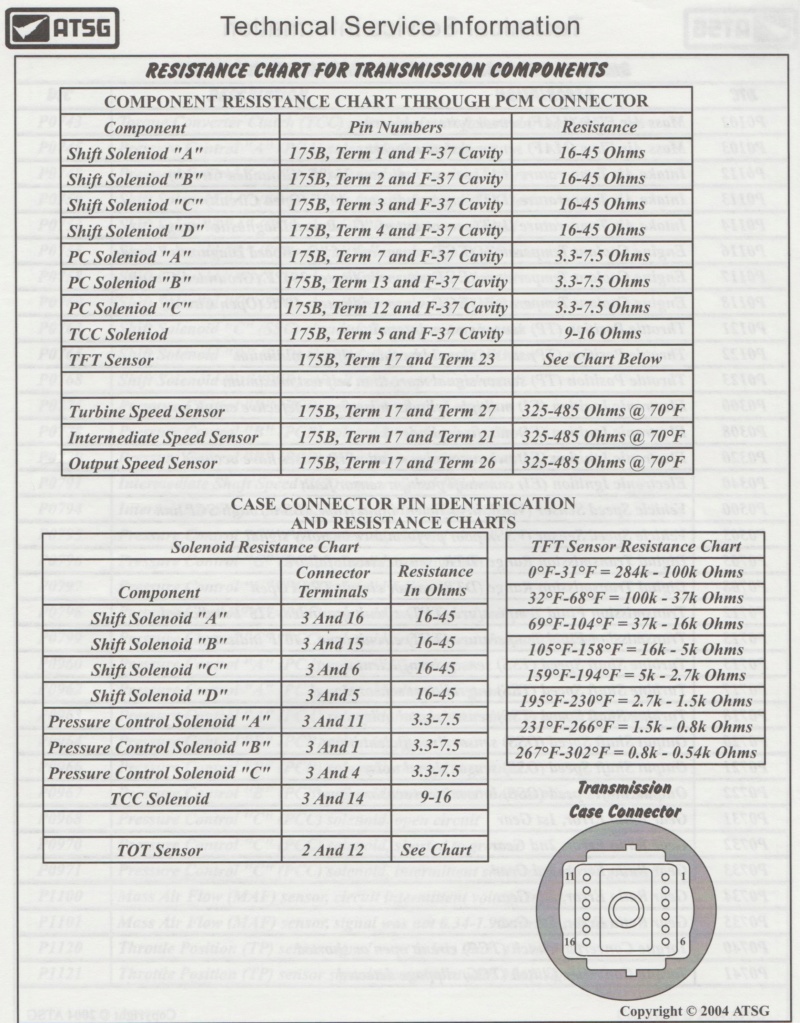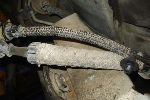Yataku
Member
- Joined
- October 5, 2019
- Messages
- 12
- Reaction score
- 3
- Year, Model & Trim Level
- 2010 Ford Explorer
Hello everyone i have a problem with my Ford Explorer 2010 and i would be really grateful if you could help me
the car is showing 2 warning lights other than the low pressure warning

i went to check on these lights and i got this as a result

i understood everything beside the last one code: P0741 my mechanic told me it's something in the transmission gearbox but he said he doesn't know what it's specifically i tried to read on the internet to understand what it's but it's not clear it could be a number of many problems

when i start the car this light warning is not present until i drive at a speed faster than 80km/h which is around 50miles/h it pops up immediately
if you could help me understand what's the problem and what's the solution i would be really thankful
the car is showing 2 warning lights other than the low pressure warning
i went to check on these lights and i got this as a result
i understood everything beside the last one code: P0741 my mechanic told me it's something in the transmission gearbox but he said he doesn't know what it's specifically i tried to read on the internet to understand what it's but it's not clear it could be a number of many problems

when i start the car this light warning is not present until i drive at a speed faster than 80km/h which is around 50miles/h it pops up immediately
if you could help me understand what's the problem and what's the solution i would be really thankful











